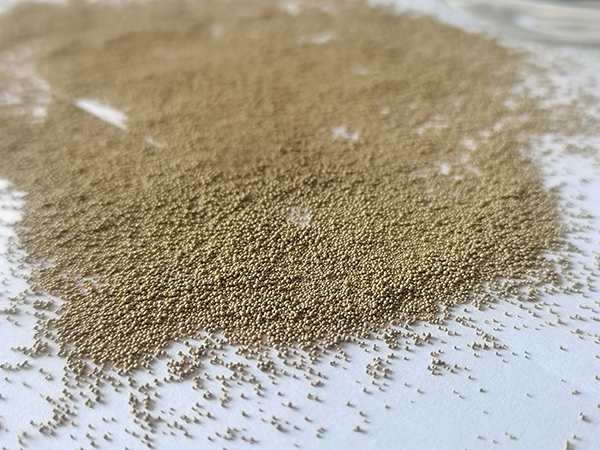Unveiling the Secrets of Sanding Resin 3D Prints Your Comprehensive Guide

3D printing has revolutionized the realm of DIY projects, introducing enthusiasts to a world where imagination meets tangible creation. Among various 3D printing materials, resin stands out for its ability to produce high-resolution and fine-detail prints, making it a favorite for artists, model makers, and engineers alike. However, achieving a polished finish requires mastering the art of sanding resin 3D prints. Here's an ultimate guide offering nuances of technique, personal experiences, expert insights, authoritative advice, and credible steps to enhance your sanding process. Understanding the Essentials

Each stage of sanding a resin 3D print, from selecting the right tools to employing ideal techniques, contributes significantly to the outcome. Proper preparation includes ensuring your workspace is well-ventilated to accommodate resin's inherent toxicity. Personal protective equipment (PPE) such as gloves and masks should be on hand to safeguard against exposure.
Using the Right Tools
The journey of sanding begins with choosing appropriate tools. With several grit sizes available, starting with coarse grit (around 200) and gradually moving to finer grits (up to 2000) is crucial. A sanding block can provide more even pressure distribution, making it easier to tackle flat surfaces and edges. In instances where intricate detail surfaces need attention, investing in a precision sanding tool or a hobby knife can prove beneficial.
Experience from The Field
Through countless hours of trial and error, the community of seasoned 3D printing enthusiasts has developed effective strategies for sanding resin prints. Engaging with these insights reveals common challenges and how experts have overcome them. One recurring suggestion is the wet sanding technique, where using water reduces dust formation. This not only makes the process cleaner but also helps in achieving a smoother finish.
Expert Techniques and Tipssanding resin 3d prints
Experts recommend starting sanding when the print is fully cured. Attempting to sand before curing can result in unwanted deformities due to the tacky nature of partially cured resin. Emphasis is placed on sanding in a circular motion rather than linear strokes, which helps to avoid creating visible scratches on the surface that can be hard to eliminate once present.
To further the sanding process, professionals often underscore the importance of frequent checks under good lighting to assess progress and adjust techniques as needed. As a final touch, polishing compounds specifically designed for resin can be used to bring out the luster in your print, providing that professional-grade shine.
Authority in Craft
The authority in sanding resin 3D prints is rooted in understanding the chemistry of resin and the physics of friction and abrasion. An insightful approach includes recognizing the type of resin used. For example, flexible resins behave differently when sanded compared to rigid ones, often requiring modified technique in terms of pressure and speed.
Industry leaders and authoritative figures in the world of 3D printing often provide workshops and detailed online resources offering tutorials and demonstrations. Accessing such resources can elevate one's skill level, ensuring the sanding process is executed with precision and confidence.
Building Trustworthiness through Quality and Maintenance
Having invested time and effort into sanding your resin 3D print, protecting your work is paramount. A layer of clear coat or UV-resistant finish not only enhances the appearance but also adds a layer of protection against environmental factors, like sunlight and moisture, imparting durability to your creation.
Trusted artisans repeat the mantra of maintenance, highlighting that the longevity of a finely finished print depends largely on how well it's cared for over time. Regular dusting using a soft brush, avoiding exposure to harsh environments, and occasional inspections for signs of wear are recommended habits to preserve your work.
In summary, mastering the art of sanding resin 3D prints involves a blend of selecting the right tools, adopting expert-recommended techniques, and maintaining the print to ensure best results. The journey may be intricate, but the craftsmanship achieved is unparalleled, offering creators not just a finished product, but a testament to their dedication to the craft.
Next:sanding block 3d print
